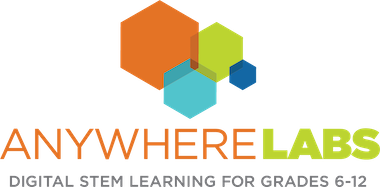What are genetically modified organisms and how are they made? Why purposes do genetically modified organisms serve? Transformation is an activity created by Learning Undefeated to help students explore the process of moving genes from one organism to another using genetic transformation. Students will learn how plasmids are made, how heat shocking works to bring a plasmid into a cell, and will research the ethics of GMO use.
Looking for the mobile laboratory version of Transformation?
Looking for the answer keys for this activity bundle? Complete this form to gain the password to our Activity Keys webpage.
Students will know
- What is transformation
- The use of bacteria as a genetic tool
- How genes are introduced into other organisms for scientific, agricultural, and medical use
Students will understand
- How DNA plasmids are introduced into bacteria
- How genes are regulated
- How genetic markers are used
Students will be able to
- Define wild-type vs. mutant phenotypes
- Locate the different genes on a pGlo plasmid
- Select for transformed bacteria
- Analyze the growth of bacteria
- Calculate the transformation efficiency
Next Generation Science Standards Connections
HS-LS3-1 Ask questions to clarify relationships about the role of DNA and chromosomes in coding the instructions for characteristic traits passed from parents to offspring
Texas Essential Knowledge and Skills Connections
BIOL.2(E) Plan and implement descriptive, comparative, and experimental investigations, including asking questions, formulating testable hypotheses, and selecting equipment and technology;
BIOL.6(A) Identify components of DNA, identify how information for specifying the traits of an organism is carried in the DNA, and examine scientific explanations for the origin of DNA
BIOL.6(D) Recognize that gene expression is a regulated process
Louisiana Standards for Science Connections
HS-LS1-1 Construct an explanation based on evidence for how the structure of DNA determines the structure of proteins which carry out the essential functions of life through systems of specialized cells.
UNIT PLAN
Adapted from pGLO Bacterial Transformation Kit, BioRad #166-0003EDU

